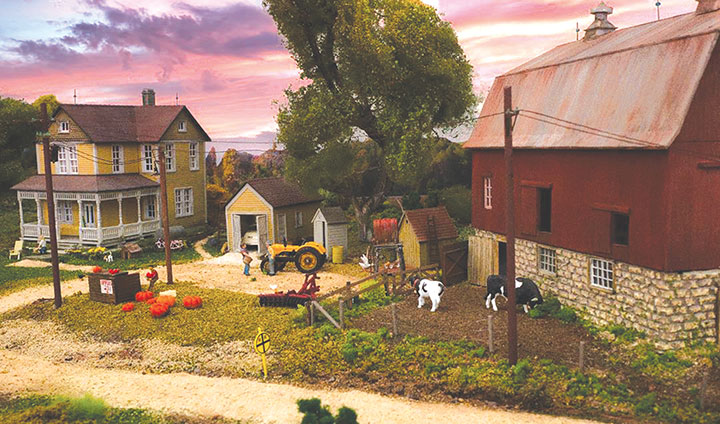
Dear Bob,
I’ve liked Charlie Getz for 45 years and rarely disagree with him, but I’ll be glad to debate him on the concept of model railroading being an art form (see Narrow Gauge Scene, November/December GAZETTE).
When I was in college, I had a conversation with an art professor where I said model railroading was an art form. He laughed in my face and said it couldn’t be. He didn’t change my opinion, and I’m sure the prof. had never seen a good model railroad.
Webster defines art as: “skill and imagination in the production of things of beauty.” I think art is not only things of beauty, but things that evoke a certain mood or reaction, like the aura of loneliness in the Nighthawks painting. When I create model railroad scenes, I step into the role of artist creating a nostalgia painting in three dimensions.
Model railroads are like photos — every photo ever made is not a work of art, but some certainly are. It all depends on the level of skill and imagination with which we create things that play upon the senses of the viewer.
Sincerely,
Gregg Condon, MMR, via email
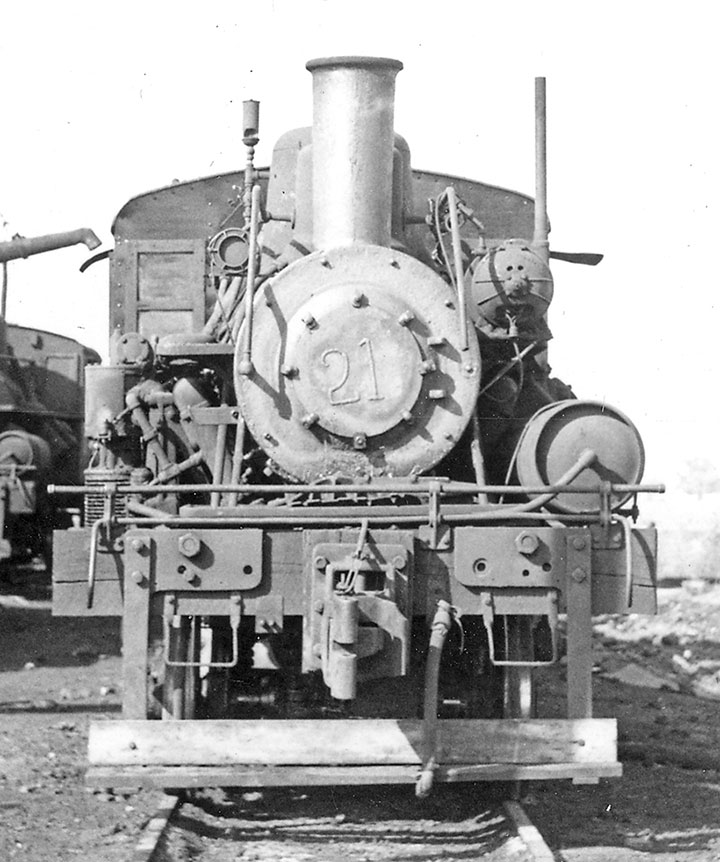
Dear Bob,
Here is a photo that should arouse the sympathies of anyone who has tried to hand-letter a model! The number plate on this Heisler was improvised with an arc welder. I took the picture during a Railfans of Indianapolis fan trip on the Algers, Winslow & Western Railway in the southwestern Indiana coal fields, Sunday, October 12, 1952, and mining operations were closed. As a feature of the trip, we had the run of the coal mine’s railway yard. There was a covey of Heislers used in the strip mine, but most had no number plates. But #21, while cold, was full of fuel and ready to fire up. I have been reading the GAZETTE from the beginning.
Sincerely,
Martin E. Biemer, via email
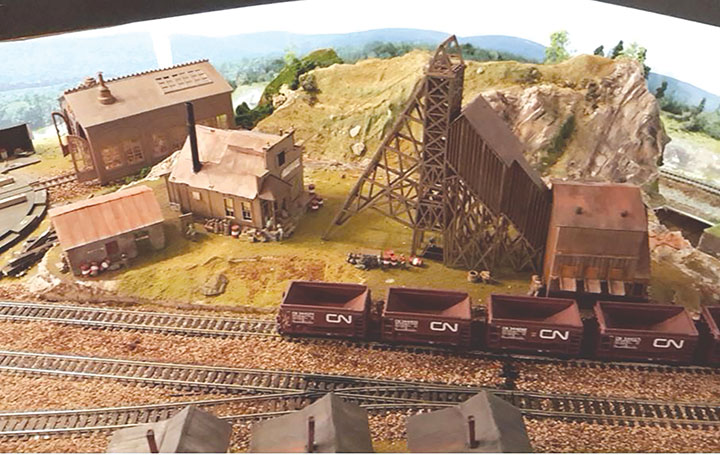
Dear Bob,
I just finished reading Charlie Getz’s article about building the Master Creations Old Rose Silver Mine kit in the September/October issue and had to email to nod my head in agreement. It was a bear to build, but worth the effort. I even followed the suggested way to motorize the hoist cable, and yes it does work. My kit was built as a diorama for a friend’s layout and just dropped into place, then blended into the surrounding area. When we operate the layout, everyone loves the sound, especially the “fire in the hole.” The photo is from the December/January issue of Canadian Railway Modeler magazine in which the layout itself was the cover story. Unfortunately, half the structure was edited out. How I struggled with those poor instructions. I feel Charlie’s pain.
Sincerely,
Peter Catalano, via email
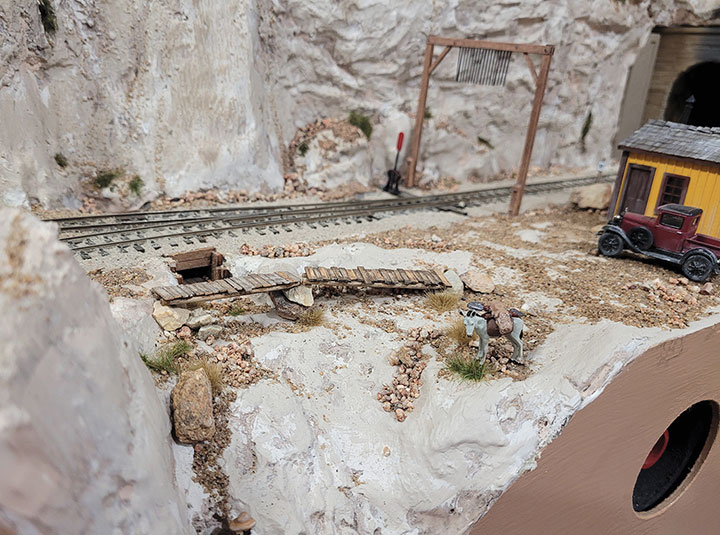
Dear Bob,
I recently attended an Sn3 Convention and saw on one of the layouts this footbridge across a creek. I immediately thought of a place on my layout for such a simple scratchbuilt project. I model the southwest desert, so flowing creeks are few, but I anticipated that in an infrequent storm the bridge would be needed.
Sincerely,
Steve Bradley, via email
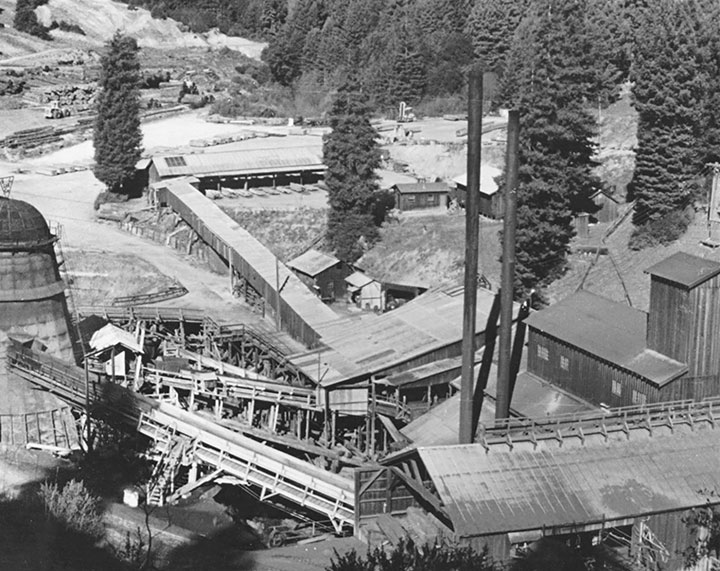
Dear Bob,
I enjoyed Peter Replinger’s article on the Santa Cruz Lumber Company railroad in the September/October issue. The photograph of the airborne Shay is a classic. I visited the mill site on a field trip in 1963 and took the accompanying photo. I believe it was taken facing about 180 degrees from the mill photograph shown on page 52 of the September/October GAZETTE. I have the Big Basin USGS map sheets dated 1955 (photo revised 1968) and 1997. Neither shows the railroad, although the 1955 sheet shows a dirt road along Pescadero Creek, continuing the adjacent (to the north) Mindego Hill map sheet, where the railroad once ran. That road is absent from the 1997 Big Basin sheet and does not appear on the 1997 La Honda sheet (next sheet west of Mindego Hill). A visit to the USGS library to view an earlier version of La Honda might disclose the location of the railroad in that area. At eight miles long, it should show up there. The log pond is shown on the 1955 sheet. It was not deleted in the photo revisions of 1968, although my photograph clearly documents that the log pond was gone eight years earlier. The 1997 sheet shows a rearrangement of the sawmill structures, which reflects the arrangement in my 1963 photo.
The map accompanying the article depicts Pescadero Creek and the railroad 4.5 miles southwest of their actual locations.
Sincerely,
John Nicoles, via email
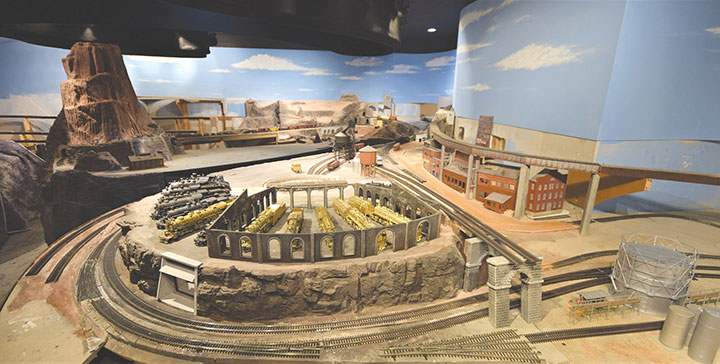
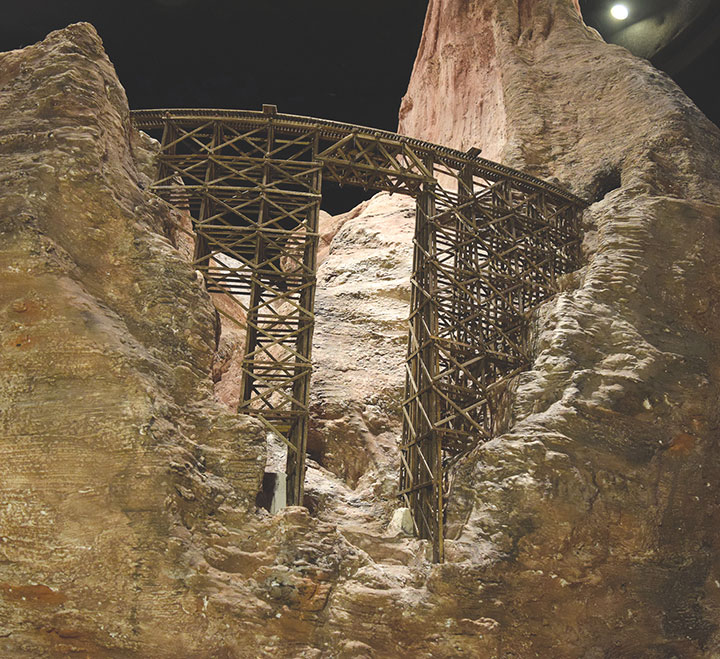
Dear Bob,
I have been creating a replica of John Allen’s magnificent HO gauge Gorre & Daphetid for several years. The photos show how my replica is coming along. I am anxious to obtain any notes, anecdotes, letters, photos, models, or other information on John and his layout.
I can be contacted at 518/863-9150 or at randyleedecker@gmail.com.
Sincerely,
Randy Lee Decker, via email
See Tony Koester’s Trains of Thought about Randy’s replica in January
2022 Model Railroader.
-Bob
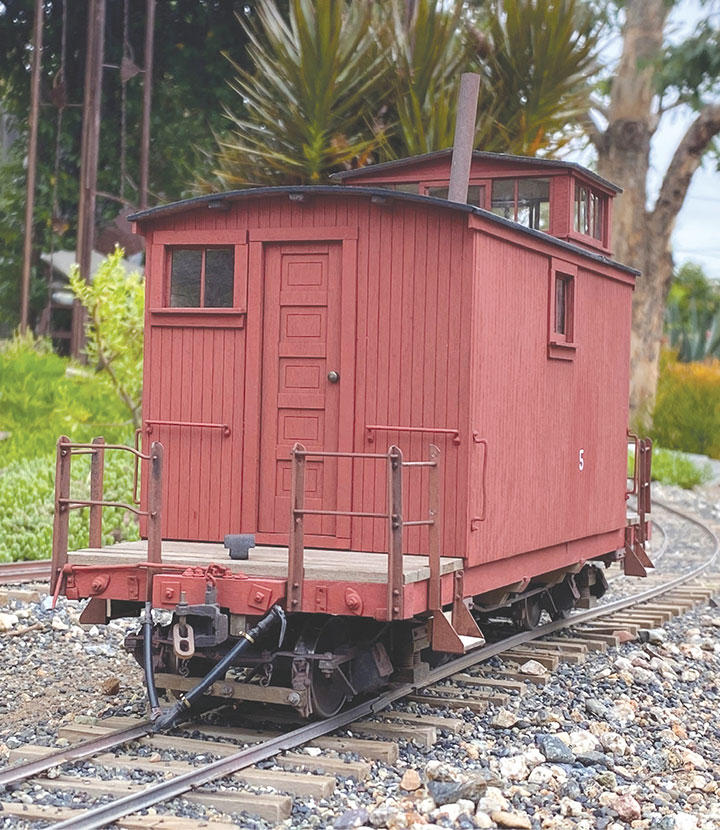
Dear Bob,
Following up on my letter about my West Side caboose #6 in the September/October 2021 issue (see page 10), the model that most reminds me of your long years of contributions to our favorite hobby is West Side Caboose #5. Posing on my North County Narrow Gauge layout is my take on an old Hartford Products 1:20.3 scale kit with a little new help from successor, Don Niday, at Iron Creek Shops.
Like the prototype, the model has auto knuckle couplers without the knuckles—except I added one back for convenient coupling with other equipment. The West Side style link was laser cut by Steve King for Bob Poli who graciously shared it with me.
That’s the missing knuckle on the end platform. The model coupler draw heads are from Precision Scale with the draft gear from Hartford. I copied the end details from a Russ Simpson photo in the collection at the Tuolumne County Historical Society.
Now, if I could get a scale model of you standing in one of the doorways…
Sincerely,
Rob Teates, via email